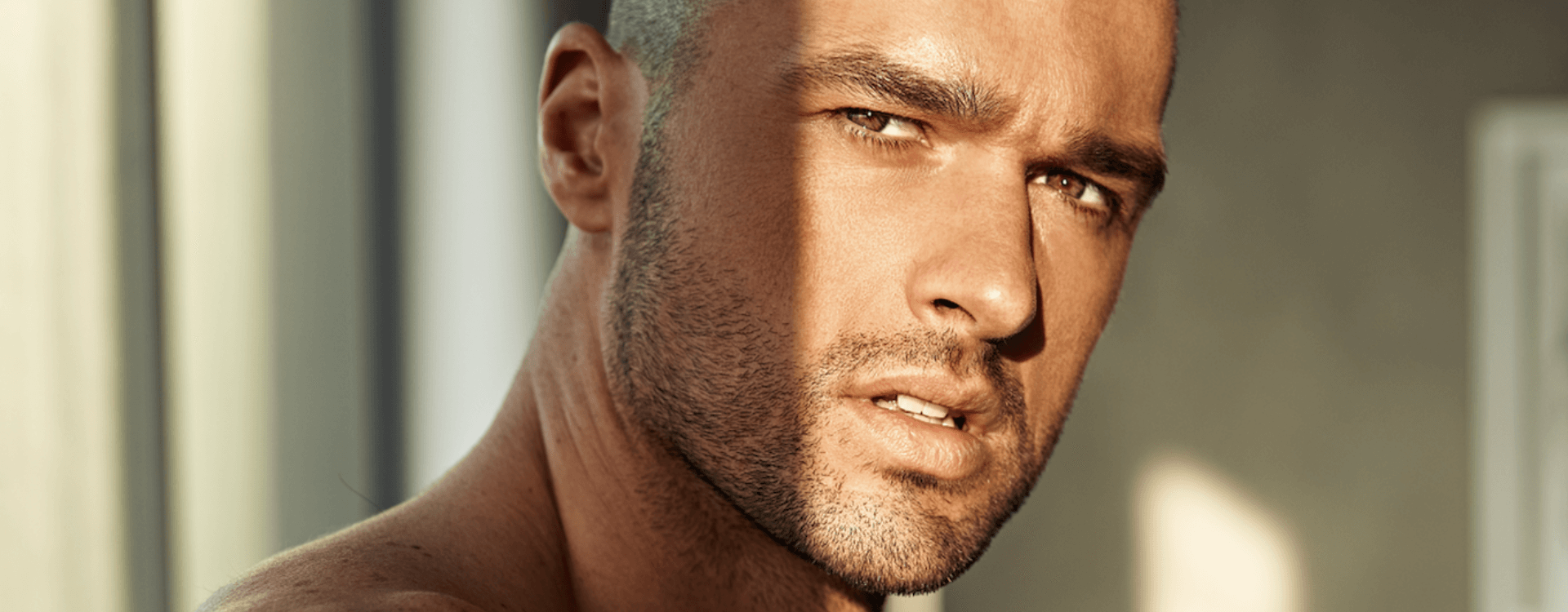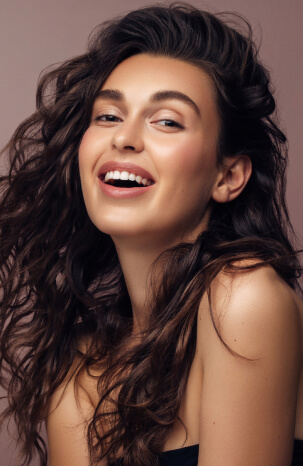Are noticeable frown lines bothering your self-confidence? At Montville Medspa & Pain Center, we offer effective Dysport treatments to relax overworked muscles and reduce the appearance of fine lines and wrinkles.
Dysport injections target key areas to gradually diminish dynamic wrinkles. Most patients see results within two weeks. Administered by our highly skilled team of injectors, Dysport can help smooth frown lines and restore radiance.
Dysport: The Ideal Solution for Frown Lines
Dysport is a purified formulation of botulinum neurotoxin type A that has been proven effective for reducing moderate to severe frown lines. Through a precise mechanism of action, Dysport is able to smoothly diminish lines on the forehead.
Mechanism of Action
As a botulinum neurotoxin, Dysport works by blocking the release of acetylcholine at the neuromuscular junction. This prevents signal transmission from nerves to muscles, ultimately relaxing muscles in the forehead that cause frown line formation. By selectively inhibiting muscle movement in the glabellar region, Dysport can gradually soften the dynamic lines that develop between the eyebrows.
The purified composition of Dysport allows for maximum activity of the botulinum neurotoxin per dose. This enhanced potency may contribute to Dysport’s longevity of results, with some patients maintaining a smooth forehead for 3-4 months between treatments. As a well-established cosmetic solution, Dysport safely and effectively relaxes facial muscles to refresh one’s appearance.
Benefits of Using Dysport
Better outcome on specific wrinkles
As a purified neuromuscular-blocking formulation, Dysport is tailored for relaxing muscles that cause frown lines between the eyebrows. It precisely targets these lines for a smoother appearance.
Relaxed muscles
Dysport functions by temporarily inhibiting muscle contractions in the forehead region through acetylcholine-blocking capabilities. This allows treated muscles to relax and soften the look of frown lines.
Prevents wrinkles
By blocking muscle actions that exacerbate lines, Dysport may deter further wrinkle formation over time through relaxer of repeated forehead movements.
Natural appearance
When administered skillfully, Dysport enables facial mobility while gradually reducing frown line severity over weeks. This maintains a youthful, all-natural look.
Smooth consistency
Dysport’s uniform properties permit even dispersion into exact treatment zones. Consistent results emerge from precise dosing into glabellar muscles.
Lasting results
For most patients, the line-lessening effects of Dysport can last 3-4 months, minimizing additional procedures.
Why Choose Dysport Over Other Cosmetic Procedures?
Non-Invasiveness
Compared to permanent surgical alternatives, Dysport provides non-invasive results with no required downtime. The effects of Dysport gradually unfold over 2 weeks and then relax over 3-4 months, allowing for a natural transition and the ability to maintain mobility if treatment is no longer desired.
Consistency of Results
While other neurotoxin products may yield comparable early outcomes, Dysport has proven particularly consistent even with repeat administrations. The purified formulation ensures optimal doses reach the target muscles to reliably smooth lines with each treatment cycle.
Gradual Effect
Dysport’s results develop progressively post-injection, avoiding an instant and potentially unnatural transformation. The gradual muscle relaxation brought on by Dysport mimics the natural, subtle effects of the aging process on facial expression lines.
What to Expect: The Dysport Treatment Procedure
Trying Dysport to erase unwanted frown lines? By understanding what to expect before, during, and after your appointment, you’ll feel informed and at ease.
- Before: Consultation to discuss goals, history, and concerns. It is advised to avoid blood thinners, and alcohol up to a week before your appointment.
- During: The 15-20 minute procedure involves injecting Dysport into 5 points between and above eyebrows using little or no anesthetic. *Need to confirm this with Dr. D
- After: No downtime is required to resume activities, but avoid massaging the area for 24 hours.
- Results: Smoother skin and reduced wrinkles start appearing within 3-5 days. *Need to confirm with Dr. D
- Recovery: You may experience some redness, swelling, or bruising around the injection sites which subside within hours or days. Ice packs can minimize swelling.
- Maintenance: For ongoing benefits wait 3 months between touch-ups according to your specialist’s guidance. Your body gradually metabolizes each treatment over time.
Other Aesthetic Services at Montville Medspa & Pain Center
At Montville Medspa & Pain Center, we take pride in our wide range of customized treatments and commitment to exceptional patient care. Our goal is to refresh, rejuvenate, and restore confidence through skincare services tailored to each unique need.
| Services | |
| Facial Treatments | Our reinvigorating facials exfoliate, hydrate, and smooth skin texture, whether addressing wrinkles, acne, or a desire to unwind. Treatments are tailored for all skin types to unveil refreshed, clearer complexions. |
| Cosmetic Injectables | Enhance your natural beauty through Juvéderm dermal filler treatments. Achieve a youthful glow through advanced, subtle-to-noticeable transformations. |
| Vein Therapy | Say goodbye to unsightly spider and varicose veins through our precise laser device, reducing their appearance non-invasively without harming surrounding tissue. Experience vein-free skin clarity after just a few sessions. |
| Pain Management | Suffering from chronic migraines? Our BOTOX injections offer promising relief by blocking neurotransmitters that cause head pain for up to three months. Experience fewer headache days and improved quality of life. |
Through our expertise and commitment to each patient’s well-being, we deliver treatments that enhance aesthetics while bettering overall health and self-assurance. Trust our team to bring out your best.
Why Montville Medspa & Pain Center?
Excellent Care and Attention to Detail
As a leading Medspa in our area, our emphasis is on providing the highest standard of medical care. Our experienced team of specialists is committed to advanced treatment solutions and the best quality care.
Comprehensive Treatment Approach
Unlike other practices, we take an all-inclusive approach focused on your unique concerns. Our provider’s knowledge and expertise will help you reach your aesthetic goals.
A Unique Experience
By merging aesthetic and medical grade treatments with regenerative solutions, you receive unparalleled care and experience. We leverage our comprehensive skills for improved wellness, confidence, and a more refreshed appearance.
Commitment to Innovation
Through constant advancement in non-surgical technologies and techniques, our providers stay on the cutting edge to benefit patients. Enjoy specialized solutions and dedicated service.
Stay up to date on the latest trends, trainings, and treatments to benefit every patient that walks through our door.
An Environment of Comfort
Within our supportive environment, you will feel at ease discussing any concern. Our goal is to enhance your natural beauty with compassionate, individualized support.
Smooth Away Wrinkles – Call for Your Consultation!
It’s time to finally achieve your aesthetic goals and smooth away unwanted frown lines. Through implementing a customized Dysport treatment plan, you can rediscover the natural radiance of youthful skin.
Whether you’re ready to erase fine lines, reduce tension headaches, or address a variety of skin concerns, Montville Medspa & Pain Center has the solutions. Our compassionate specialists are ready to craft an experience tailored precisely to your needs and desired results.
Take the next step towards the confident complexion you’ve always wanted. Contact us today and schedule your complimentary Dysport consultation by filling out our convenient online form here or call (973) 794-3958.
Discover how subtle, non-surgical procedures paired with unparalleled dermatological expertise can leave you feeling beautiful inside and out.





